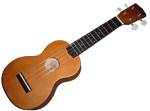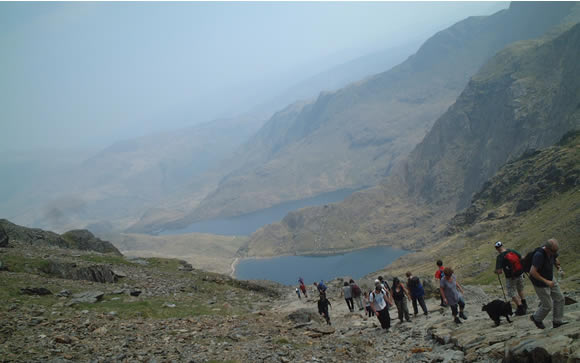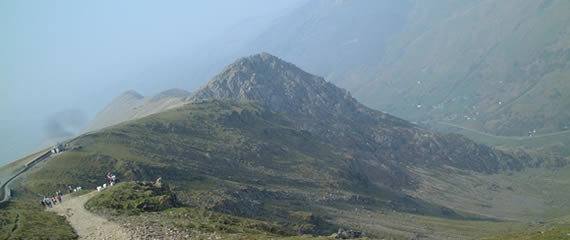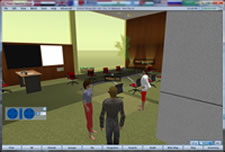Last week I started learning Hindi – I was offered a free subscription to a Rocket Languages course in return for writing a review, which will appear here and on Omniglot once I’ve completed the course.
I thought that I should choose a language I hadn’t studied before, and of the languages they teach (Spanish, Korean, Japanese, Italian, Hindi, German, French, Mandarin Chinese, Arabic, ASL and English for Spanish speakers), the only ones I haven’t studied, or at least dabbled with, are Hindi and ASL. I chose Hindi because I thought it would be interesting to have a go at an Indo-Aryan language and to learn a new alphabet, and because I have a number of Hindi-speaking friends.
Rocket Langauge courses are online and audio-based courses with downloadable mp3s of the lessons, each of which is about 30 minutes long – I’m assuming they all follow the same format as the Hindi one. I’ve only done two lessons so far and have learnt some useful basic phrases in Hindi. Each lesson starts with a short conversation which is presented in spoken and written form (in the Devanagari and Latin alphabets), and the written material also includes new words and phrases not included in the conversation. The recordings feature an American narrator and two native speakers of Hindi (a man and a woman), and explain new words and phrases, go over things from the previous lesson, and give you alternative ways of saying things. You are also encouraged to try to make your own sentences.
When you have completed the lesson to your satisfaction, there’s a short written quiz, and also a review at the end of the recording. You can save words and phrases into a personal dictionary, and there are forums where you can discuss your studies and ask for clarification of anything that’s not clear.
I haven’t found any lessons on the Devanagari alphabet within the course yet, but there may be some. In the meantime, I’ve used the SOAS Hindi Script Tutor to help me learn how to write the letters and their sounds. I already recognise quite a few of them and know how the alphabet works.
In case you’re wondering, the title of this post means “Do you speak Hindi?” (kyā āp hindī bolte haiṅ?) – I can now answer this with, मैं थोडी सी हिन्दी बोलता हूँ (maiṁ thoḍī sī hindī boltā hūṁ), or “I speak a little Hindi”.




